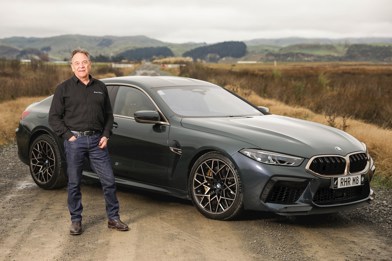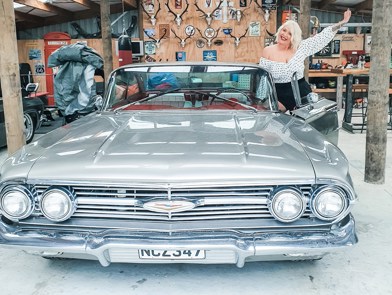Mercedes has officially joined the electric vehicle party, and while Jaguar’s I-Pace and Audi’s e-tron may already be on sale, when the Mercedes-Benz EQC 400 4MATIC arrives in Kiwi showrooms in January as the brand’s first full electric vehicle, it’ll certainly offer a real alternative not just as a luxury EV SUV, but simply an addition to the Mercedes-Benz SUV range.
Dubbed the EQC, it’s from Merc’s division to guide the transition to a future electrification of the fleet with EV, plug-in hybrids, and electrically boosted engines; and also a nod to ‘Emotional Quotient’, packaged in a C-size SUV, slotting in between the conventional GLC and GLE and using around 15 per cent of the GLC, mostly steering and suspension parts.
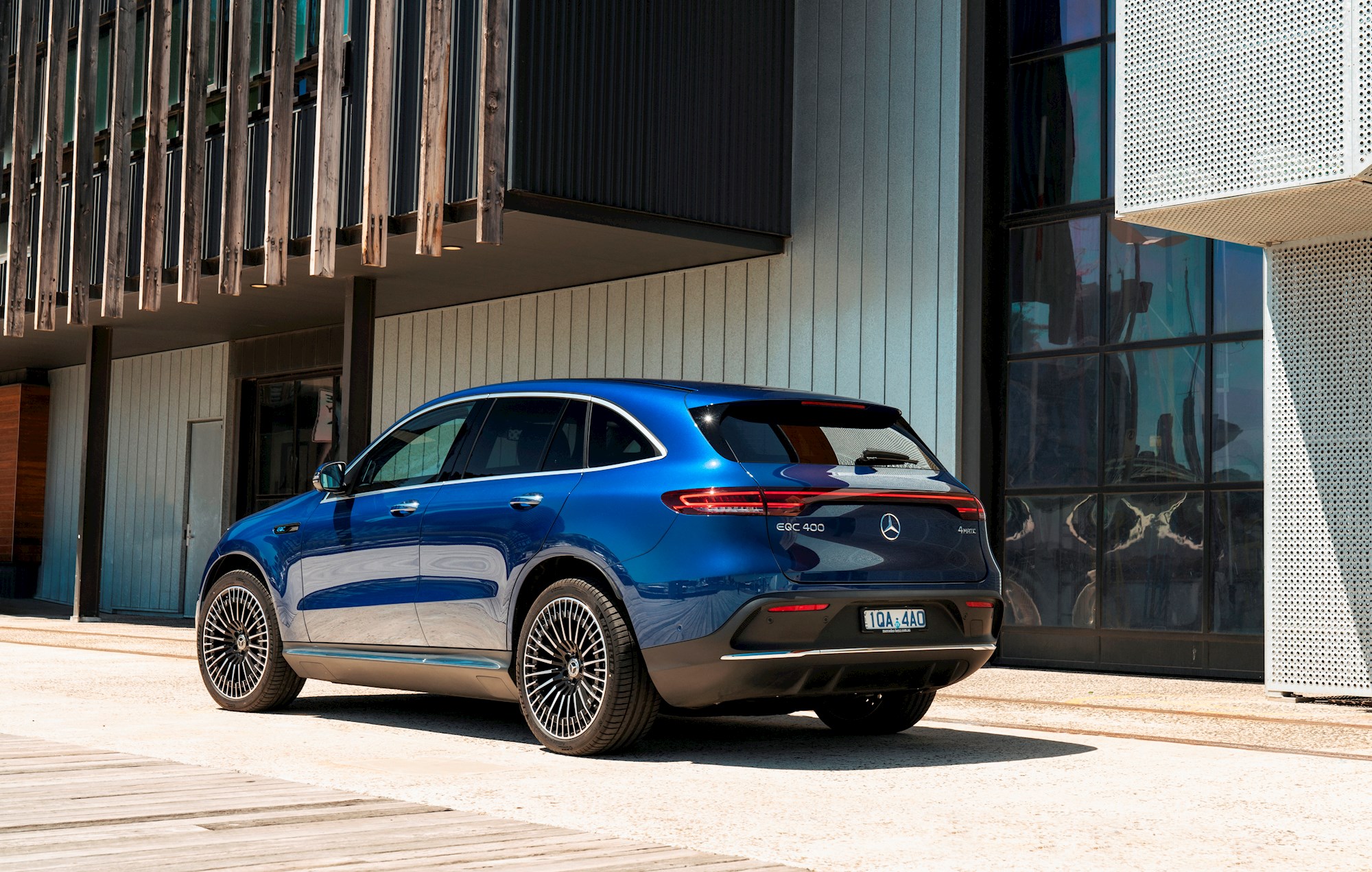
Starting at $142,900, the ‘conventional’ numbers equate to 360kW and 760Nm. Like most EVs, speed isn’t a problem with 0-100km/h in 5.1 seconds and the kind of immediate response that’ll excite the driver and annoy unsuspecting passengers.
All-wheel drive from the two 150kW motors aids that, in an EV kind of way, with a fully variable split, that can theoretically split 50:50. Dual motors keep it largely front-drive around town to save ‘fuel’, and while the front suspension is a conventional coil spring, the rear is an airbag system. Not that you’d know.
With the smooth, linear and shiftless acceleration, the bigger EV questions arise about range and related anxiety. And it’s answer with 353km range (WLTP: Worldwide Harmonised Light-vehicle Test Procedue), though up to 434km in ADR testing.
So for its launch, Mercedes set up a drive from Melbourne CBD, to the beach town of Torquay, a 220km drive that simulates not just the EQC in typical use environments, but showcase its usability, boosted by overnight charge at the RACV Torquay Resort charging station, our overnight stop.
Departing the understated but stunning Mercedes me café in the heart of Melbourne, we pack up destined for the start of the famous Great Ocean Road tourist drive. Today’s drive will be all inland, though, with the chance to focus on the Merc’s attributes: features like the head-up display, the quality ride from the 20-inch wheels (21s are optional), full drive assist package to highlight those drivers who sit in the blind spot, multi-beam LED headlights that can be both normal and high-beam to different areas at the same time, the MBUX configurable display screens that sweep the dash, and the paddles that change the regenerative levels while braking. In ‘released’ mode, it’s remarkable to measure just how easily and readily a vehicle rolls without the drag of engine or gearbox parts. In maximum regen mode, there’s no need to use the brakes, and the feel-good moment that collects all that previously wasted energy and puts it back into the battery - and that feels good.
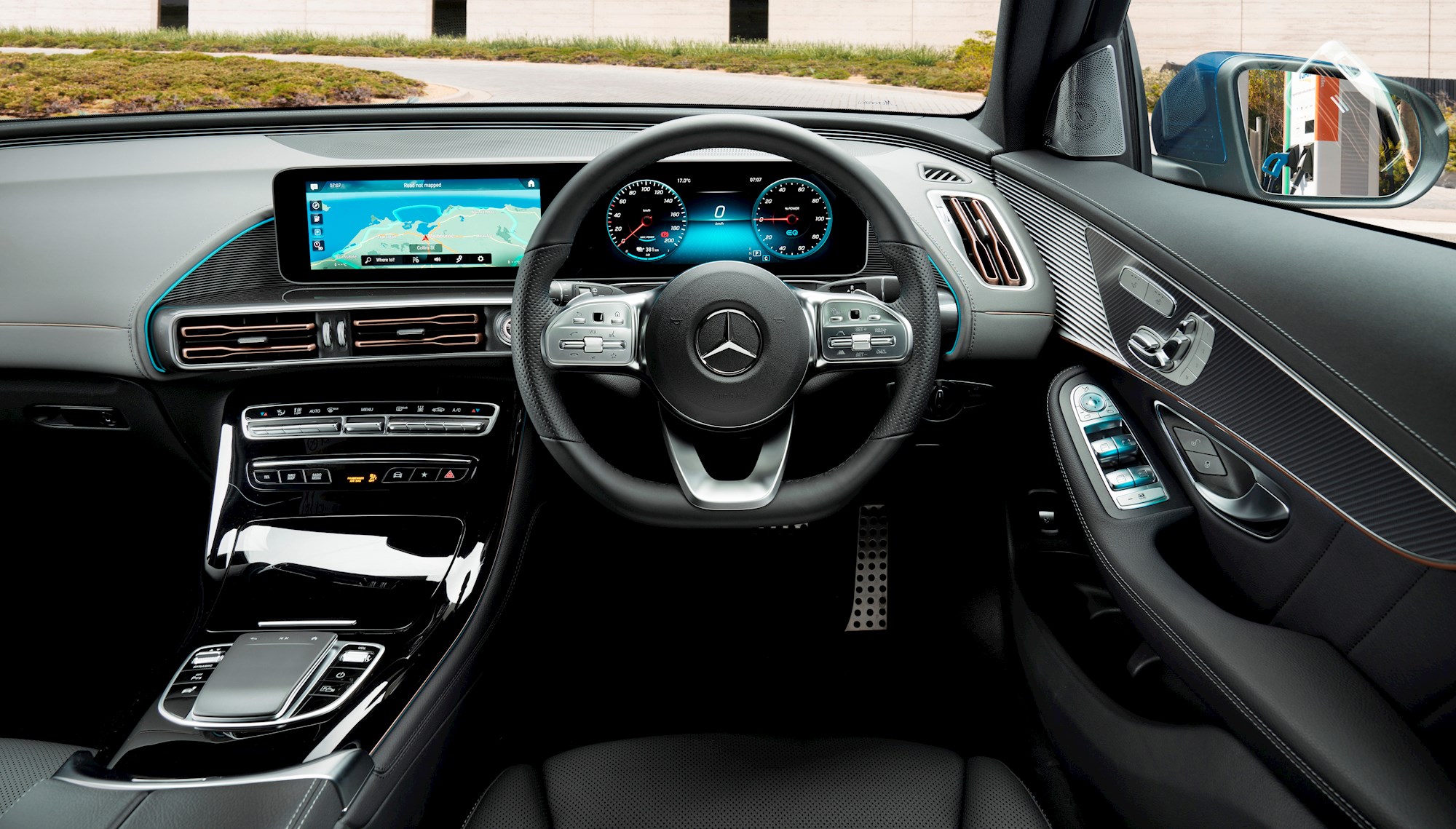
As the already large NZ EV charging network expands to and beyond 500 stations, there’s less of a need for EV owners to adapt to their own situation: according to Mercedes research, 80 per cent of drivers travel less than 150km a day, with 70 percent charging at home, and 7 per cent and work, and 7 percent public. Therefore, with 400km considered the current EV range standard, there’s enough capacity for the majority of EV users.
A Wallbox Home charger is typically configured into the purchase of an EV like the EQC, adding around $2000 to the cost, and a 12 hour charge at the maximum 7.4kWh adds around 100km. In shorter bursts, the single-phase Wallbox Home adds around 15km of range every 30 minutes of charging. Public pay-as-you-go chargers can add around 100km range in 30 minutes.
On the drive, there’s a chance to view the cabin features, like the copper colour inspired by electric wiring, the dash surround inspired by computer heatsinks, and the vents that look like circuit boards. Cute. On the nav screen, a handy feature is the ‘range cloud’ that shows the vehicle’s live range in all directions, helping ease EV range anxiety.
Other nice touches include a whirring sound that’s emitted under 30km/h to warn pedestrians and cyclists of potential doom. There’s also a Mercedes me Connect phone app, which can set the climate control and cabin temp for the departure time to ensure there isn’t unnecessary drain upon departure, and that the battery is at maximum charge while still connected to the charger. Remote locking/unlocking, checking charging status and geofencing are just a few features. And if the motors get hot, active vanes in the front open up to cool components.
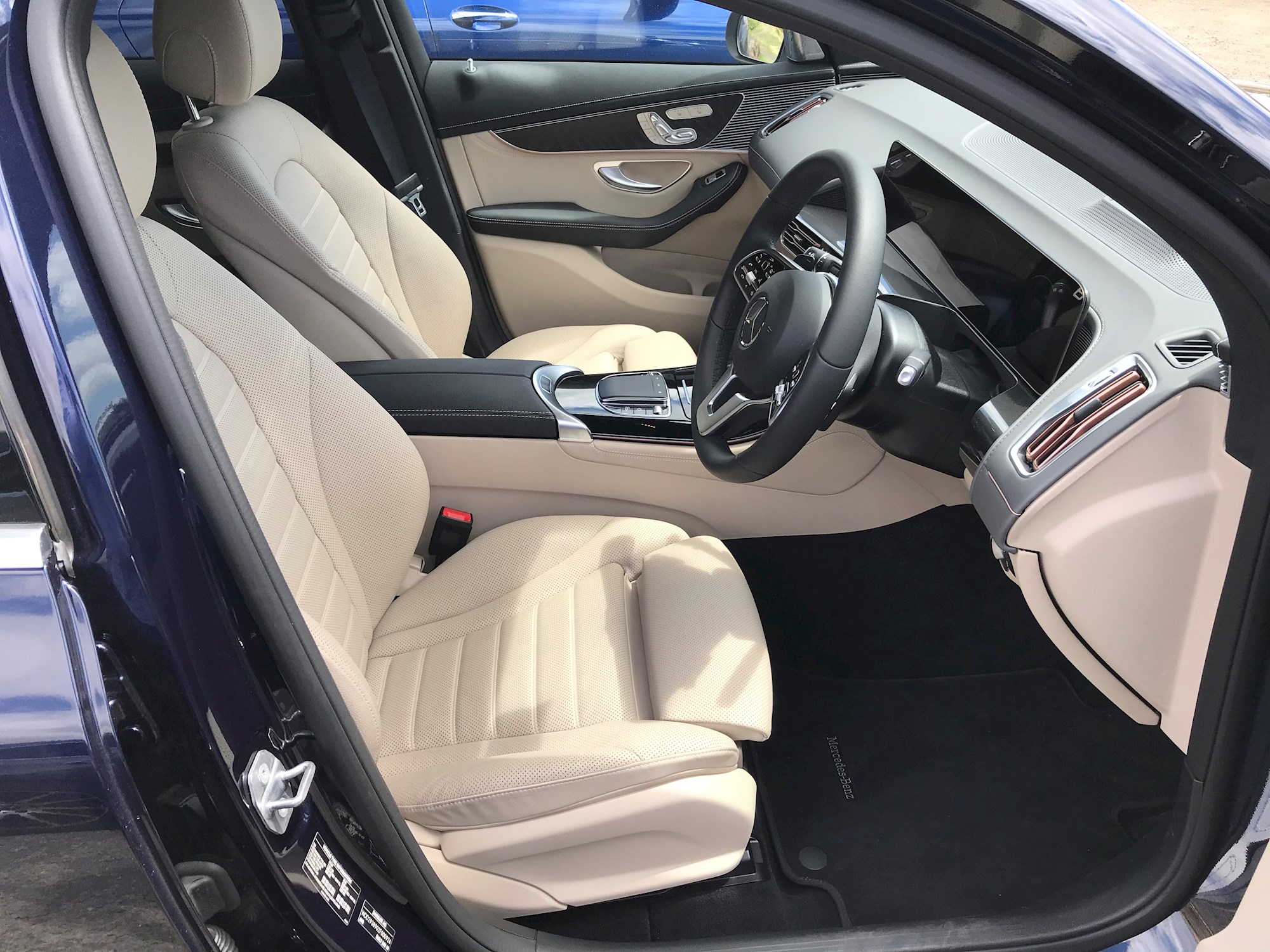
With the first service not due until 25,000km, there are supplementary savings long-term, which is only part of the appeal of an EVs, but with the cost/entry point still relatively high, if looking for ultimate savings and ROI, then the choice of an EV is probably still a few years away.
The EQC is fitted with a lithium-ion battery pack under and part of the floor, and comes with an eight-year, 160,000km warranty, while a three-year, unlimited kilometre vehicle warranty applies to all other items, with annual servicing intervals.
After a stop for lunch and photos, we arrive at Torquay with around 200km remaining on the range, which would be enough to easily return us to Melbourne on a direct route. It’s an easy drive, done quietly, and efficiently, with rarely a thought given to the nature of the EV power, except when it’s summoned for immediate overtaking.
We head back to Melbourne International Airport for our flight back to Auckland. With Jaguar and Audi each selling around 100 of its respective EQC rivals, we can expect roughly similar numbers for the new Mercedes-Benz EQC 400 4MATIC. Look at them closely, because while their prices may still be high, they’re cars and technology of tomorrow, but a realistic, useable option for today.
EV SUV MERCEDES-BENZ EQC 400
PRICE: $142,900
POWER: 300kW/760Nm
0-100: 5.1sec
RANGE: 353km (WLTP), 434km (ADR)
JAGUAR I-PACE
PRICE: $159,900
POWER: 294kW/696Nm
0-100: 4.8sec
RANGE: 470km (WLTP)
AUDI E-TRON 55
PRICE: $148,500
POWER: 300kW/664Nm
0-100: 5.7sec
RANGE: 417km (WLTP)












